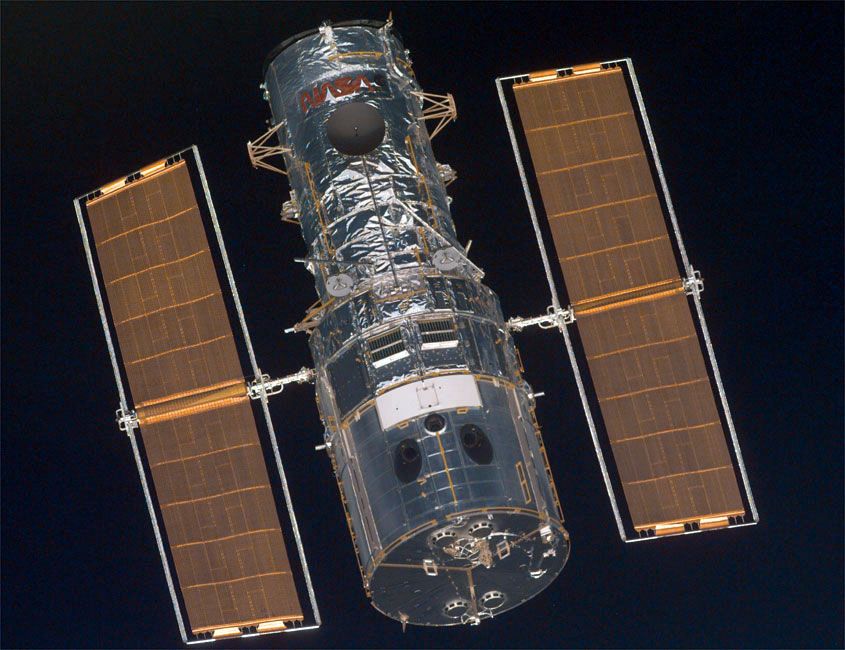
Herschel and the new planet
The foremost observational astronomer of the period was William Herschel. Herschel was born in Hannover, Germany, in 1738, but he moved to England as a young man to avoid the Continental wars. He settled in Bath and made a living as a musician and as a music teacher while devoting all his spare time to amateur astronomy, which he cultivated at a very high level. By making his own telescopes, he soon had finer instruments than anyone else. In 1781, while sweeping the sky for double stars, he spotted a small object that he first took to be either a comet or a nebulous star. Herschel convinced himself that he had discovered a new comet, which would not have been an unusual occurrence, but soon other astronomers demonstrated that it was moving in a nearly circular orbit about the Sun, so it became known as a planet. Angling for royal patronage, Herschel proposed naming the new object Georgium Sidus, the Georgian Star, after King George III. The flattery worked, for Herschel was soon rewarded with an annual pension, which allowed him to give up teaching music and to devote himself almost completely to astronomy. Continental astronomers refused to accept Herschel’s proposed name. In 1783 German astronomer Johann Elert Bode proposed Uranus, the name that eventually stuck.
There was a long tradition that went all the way back to Plato and the Pythagoreans of trying to tie planetary distances to numerical sequences. An influential new scheme was proposed in 1766 by Prussian astronomer Johann Daniel Titius von Wittenberg. According to Titius, the sequence of planetary distances takes the form 4, 4 + 3, 4 + 6, 4 + 12, 4 + 24, 4 + 48, 4 + 96,… Titius fixed the scale by assigning 100 to Saturn’s distance from the Sun which, indeed, makes Mercury’s distance about 4. Titius pointed out that there is an empty place at distance 28, corresponding to the large gap between Mars and Jupiter, and speculated that this gap would be filled by undiscovered satellites of Mars. Titius had slipped his distance rule, unsigned, into his German translation of Swiss philosopher Charles Bonnet’s Contemplation de la nature (The Contemplation of Nature, 1764). This sequence of planetary distances was adopted, without credit, by Bode in his Deutliche Anleitung zur Kenntniss des gestirnten Himmels (“Clear Guide to the Starry Heaven”; 2nd ed., 1772). (In later editions Bode did give credit to Titius.) Bode also predicted that a planet would eventually be found at distance 28. Herschel’s discovery of Uranus at distance 192 (where the Titius-Bode sequence predicted 196) seemed an uncanny confirmation of the law.
Astronomers began to search for a planet in the Mars-Jupiter gap. In 1801 Italian astronomer Giuseppe Piazzi discovered a small planetlike object in the gap, which he named Ceres, after the patron goddess of Sicily. Pallas was discovered by German astronomer Wilhelm Olbers the following year. Herschel did not feel that these objects were large enough to be planets, so he proposed the term asteroid (Greek for “starlike”), which had been suggested to him by classicist Charles Burney, Jr., via his father, music historian Charles Burney, Sr., who was a close friend of Herschel’s. (Later they were also called “minor planets.” Today, after a 2006 ruling by the International Astronomical Union, they are officially designated “dwarf planets” if, like Ceres, they are massive enough to have been rounded to spheres by their own gravity. Most, however, are much smaller and are officially designated “small solar system bodies,” though many astronomers still informally refer to these as asteroids.)
